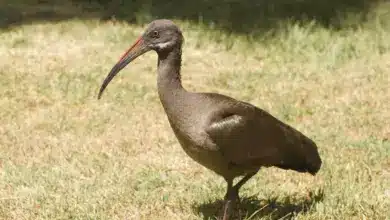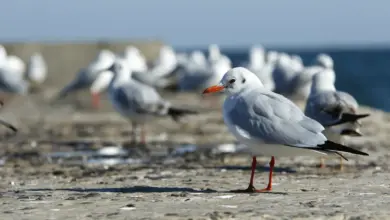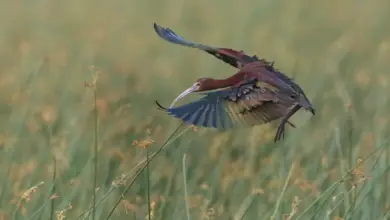Marbled Duck or Marbled Teal
Marbled Duck or Marbled Teal
The Marbled Duck (Marmaronetta angustirostris) – also known as Marbled Teals – are medium-sized diving ducks.
Outside the breeding season, flocks are often small, although in some areas large wintering flocks have been reported.
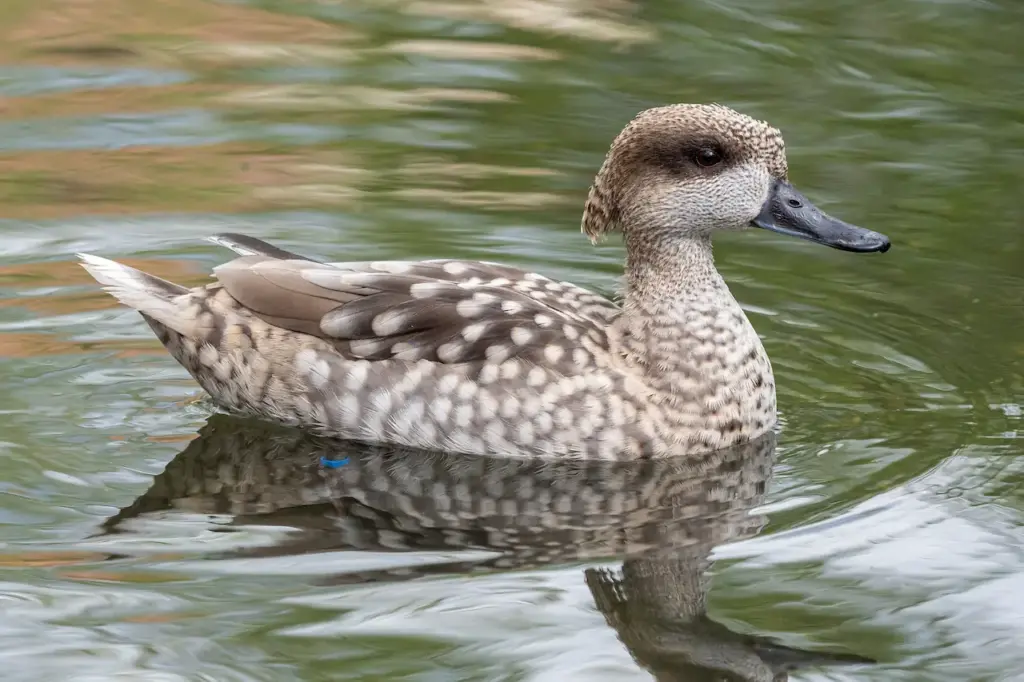
Distribution / Range
They were formerly bred in large numbers in the Mediterranean region, but are now restricted to a few sites in southern Spain and northwest Africa.
In the east, they can be found in Iran (specifically, Shadegan Marshes – the world’s most important site). Isolated groups can also be found in Turkey, Armenia, Azerbaijan and Iraq.
In some areas, they disperse from the breeding grounds, and vagrants have been reported to winter in the Sahel zone, south of the Sahara.
They breed in lowland areas with shallow fresh waters.
They are considered vulnerable due to a reduction in population caused by loss. This species is protected under Agreement on the Conservation of African-Eurasian Migratory Waterbirds (AEWA).
Description
The Marbled Ducks measure about 39-42 cm in length (including the tail).
Adults have a pale sandy-brown plumage that is diffusely blotched off-white. They have dark eye-patches. The head is shaggy.
The juveniles has more off-white blotches.
In flight, the wings look pale without a marked pattern, and no speculum (= distinctive wing patch) on the secondaries (shorter, upper “arm” feathers).
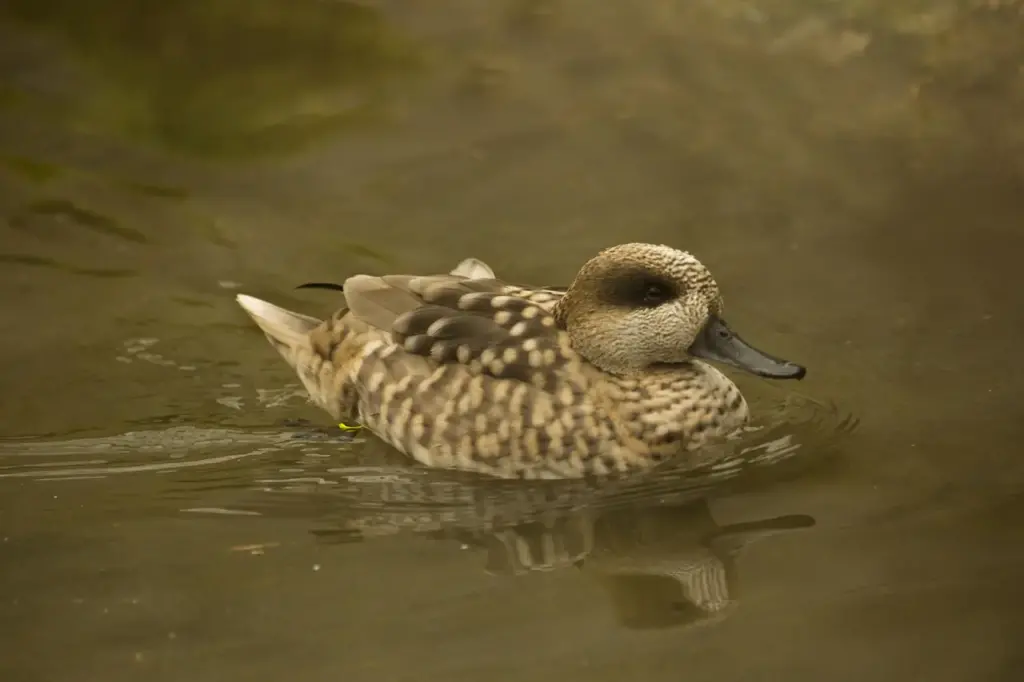
More Duck Resources
Diet / Feeding:
Marbled ducks feed mainly in shallow water by dabbling or up-ending, occasionally diving. Other than that, little is known about their diet.
Ducks generally feed on larvae and pupae often found under rocks, as well as aquatic animals, plant material, seeds, small fish, snails and crabs.

